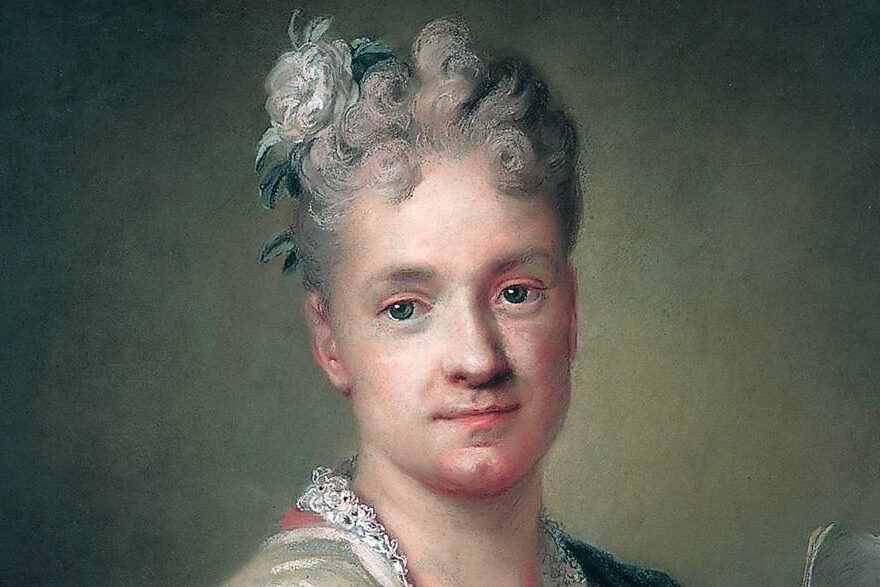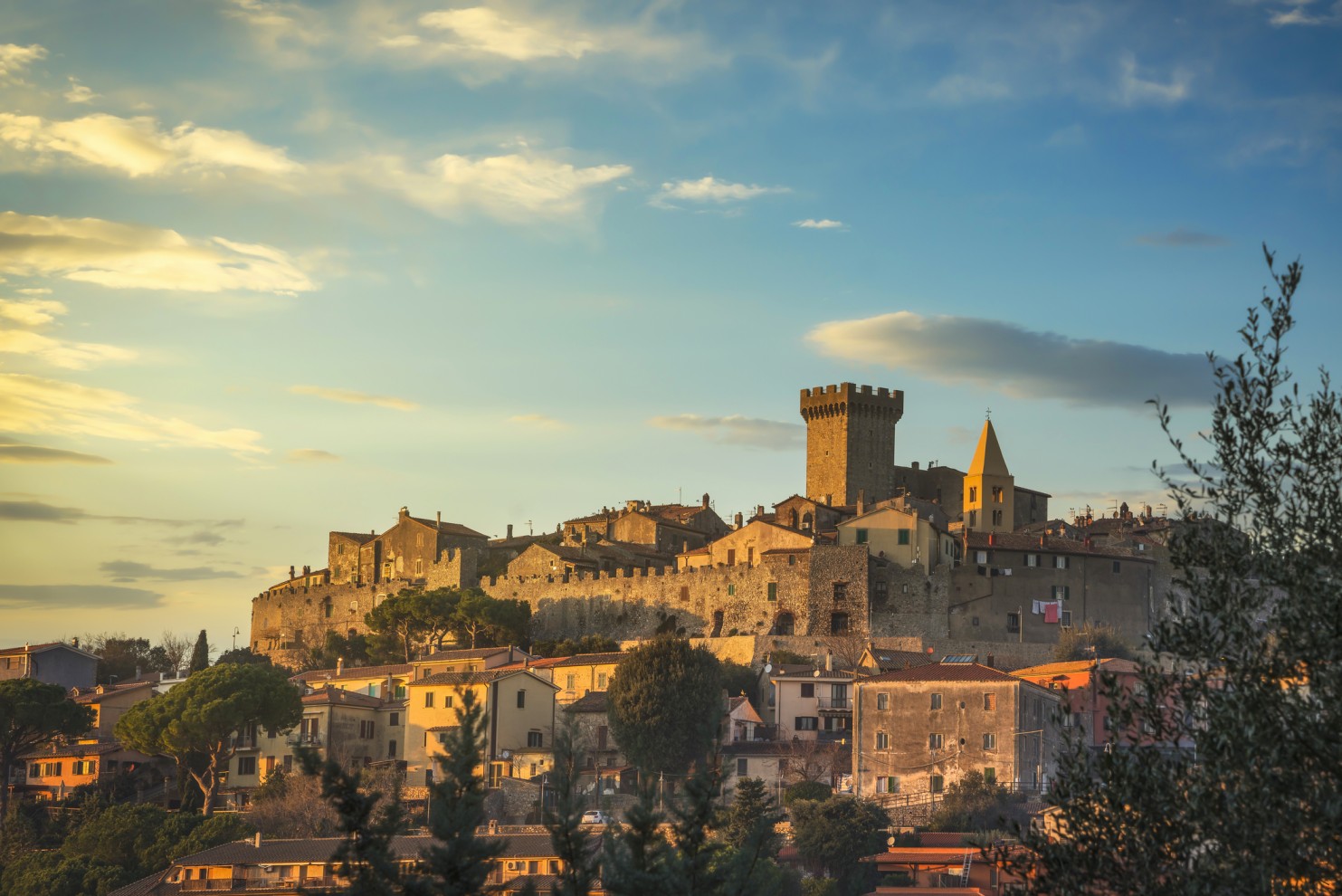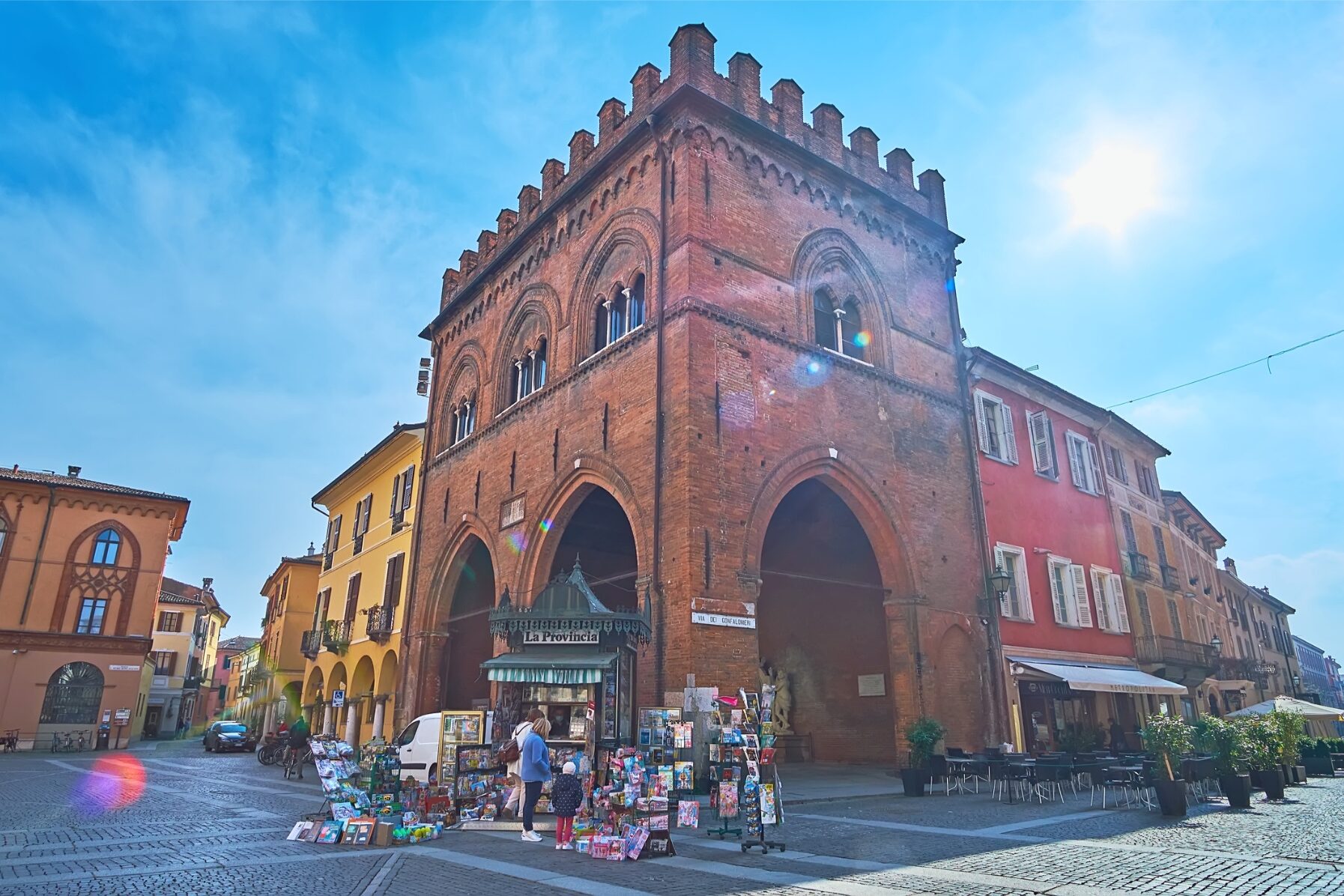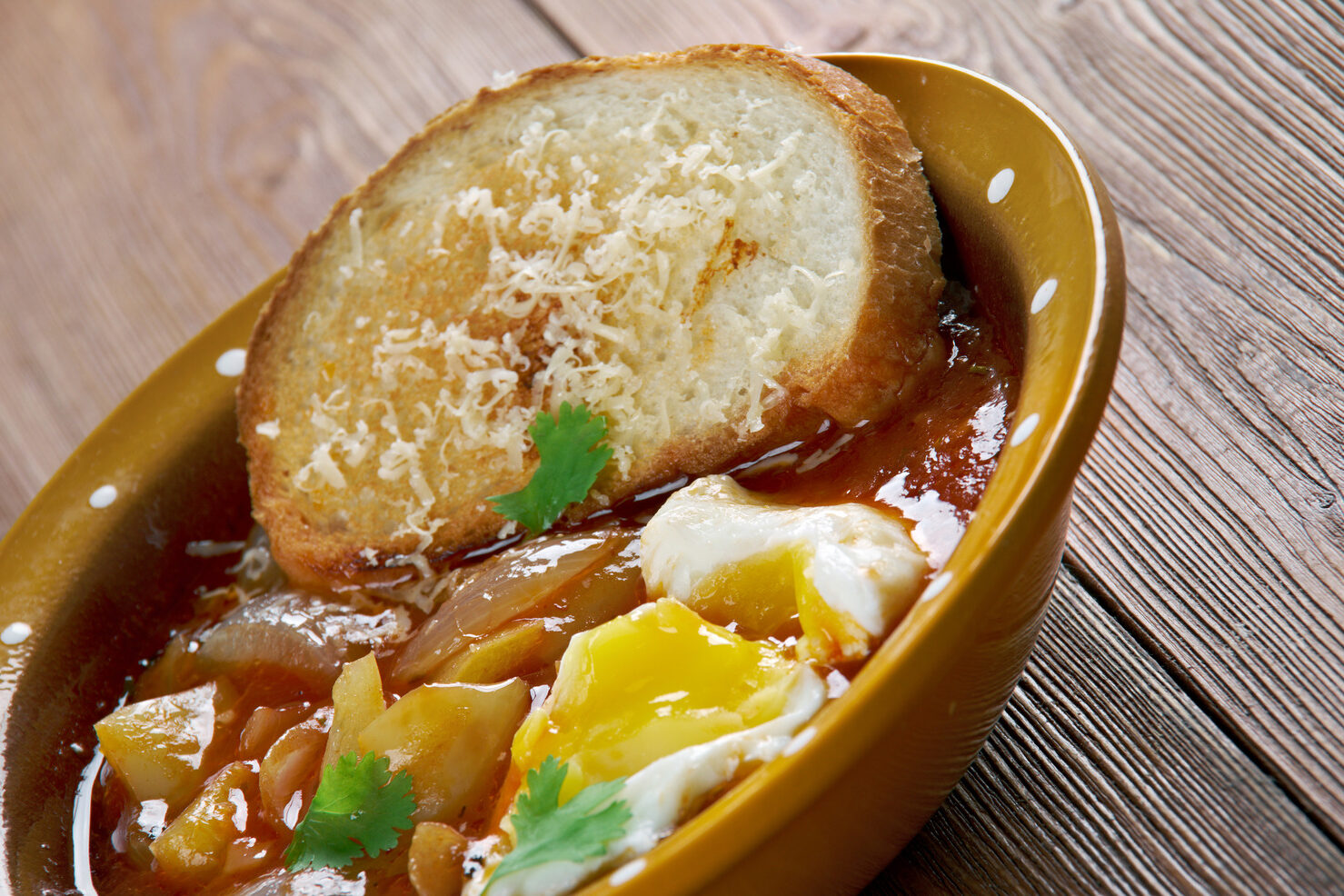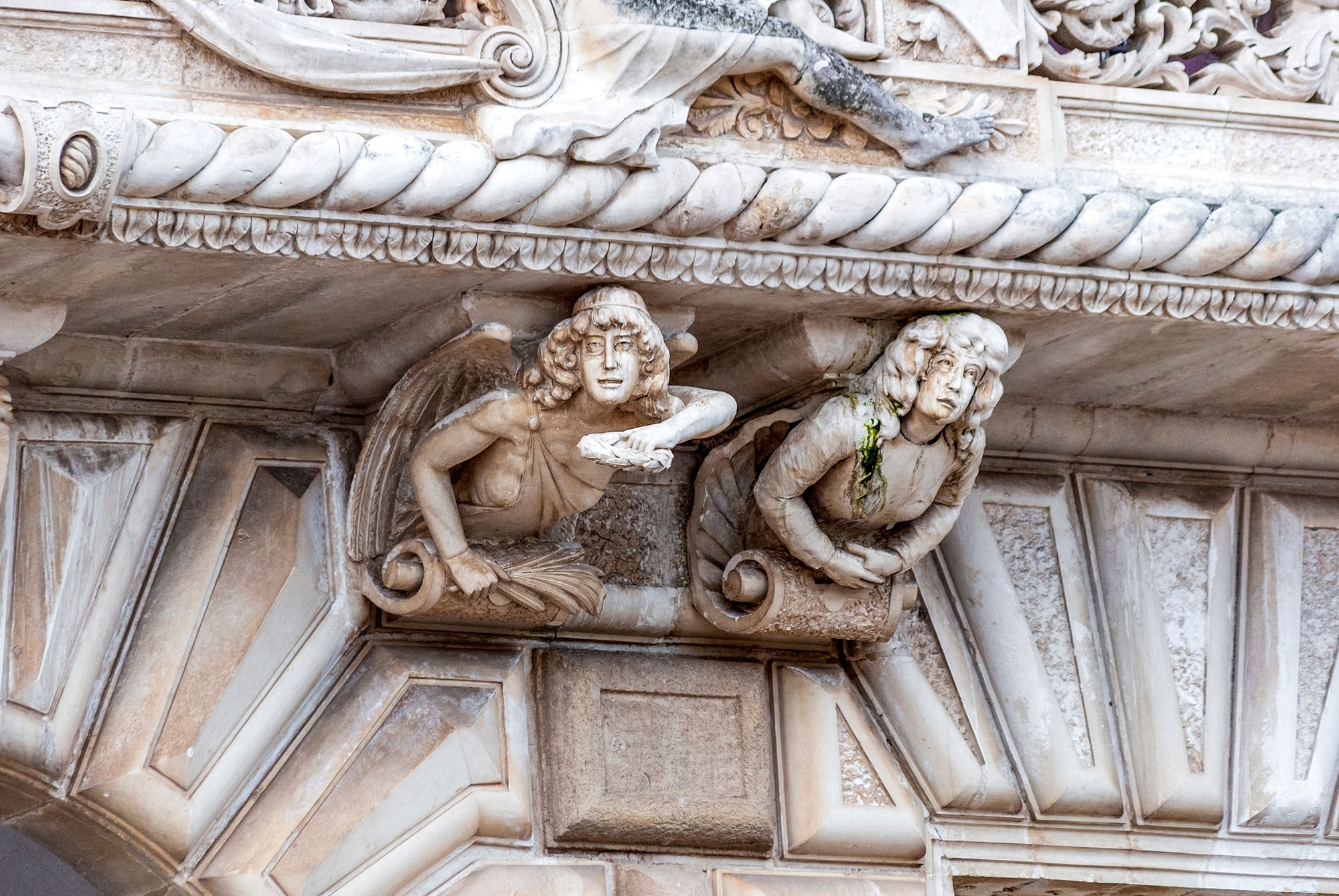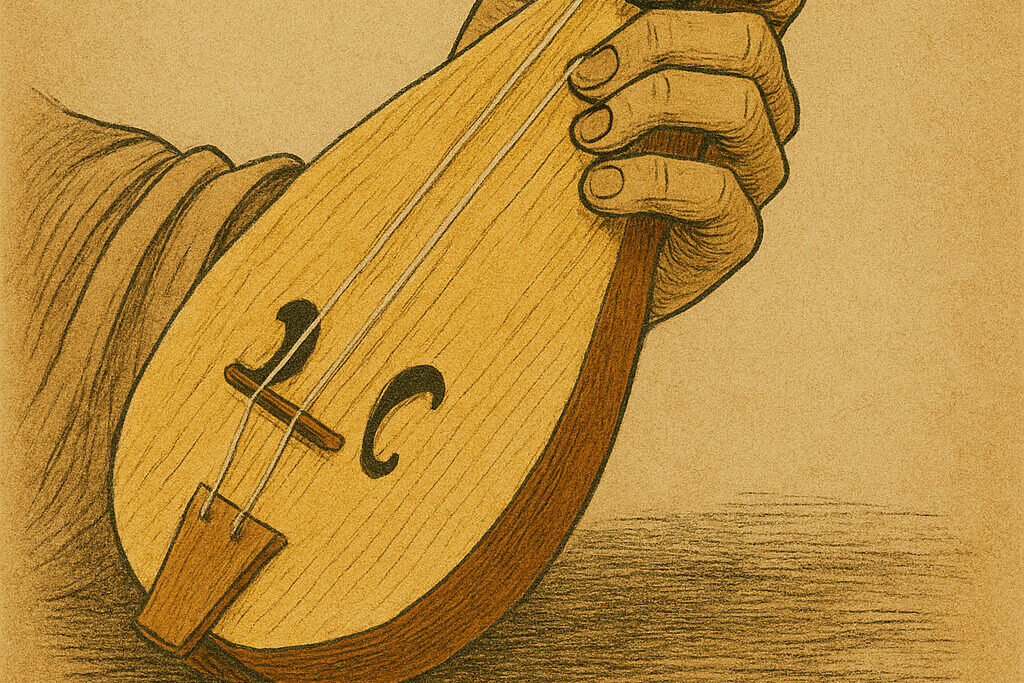A constellation of little hamlets comprise the commune of Framura, an atmospheric, somnolent village perched on a rocky outcrop rising from the Ligurian Sea. Though the authentic beauty in La Spezia province is just a 15 minute-train trip from the Cinque Terre, Framura is actually the “anti-Five Lands” that might not even crop up in your average guidebook.
This little slice of coast and its hamlets of Anzo, Ravecca, Setta, Costa and Castagnola have no real nightlife and shows no sign of developing into a major tourist destination. Its ancient features and social fabric are unaltered.
We found Framura’s special atmosphere was ideal for recharging our batteries through the flow and the rhythm of natural time.
Atop the hamlet of Costa on Monte Serro sits an imposing torre di guardia. The Carolingian tower overlooks the village with stunning views of the plains below: the porticciolo (small harbor), the marina and the sea. The symbol of Framura, the ancient watchtower dates back to around AD 1000 and was primarily a lookout against Saracens and Barbary Pirate raids from North Africa, especially from the 15th to the 18th centuries. The other hamlets of Framura have Genoese towers that together represent a considerable heritage.
From Costa, a road twists and turns its way down the mountainside towards the shimmering sea below, but before leaving, we visit the medieval church of San Martino De Muris, home to the Madonna of the Rosary with Saints Dominic and Charles by baroque painter Bernardo Strozzi. “The Italian master lived in Framura for a while,” says Andrea Lircari, a local historian who wrote the book “Framura, un’antica terra tra il mare e i monti”.
Beyond the hilltop village stands rural Castagnola hidden in the outback, replete with the fragrance of chestnut flowers. Here the heavenly trio of good food, good wine and seclusion are the secret of Sostio a Levante, a blissful country hotel on Montebello (www.sostioalevante.com) owned by Laura Colzani. Homemade breads and pasta, homegrown vegetables, local wines and meat highlight the regional menu. Dishes are deliciously Ligurian. Laura serves her estate’s own wines, named Terre di Framura and Levante, and picks produce from the vegetable gardens for your evening meals. Great care has been taken with the eight large bedrooms furnished with ecological interiors and textiles. The agriturismo also offers a pool and sea views.
Walking down the tortuous, winding paths of Framura towards the sea and through the tiny frazioni (hamlets) with their narrow streets is a rare delight. The view sweeps over the beautiful sea and lush vegetation as you inhale the refreshing scent of lemons, the aromatic smell of figs and the woody, fruity notes of olive trees. We stop in Anzo to visit the botanical garden and the graceful chapel Nostra Signora della Neve (1342) built in Ligurian Gothic style.
Arriving in Framura by train or by car, you land in Framura-Anzo, the seaside portion of the town that hugs four small, wild beaches: la Vallà, Arena, Torsei and Porto Pidocchio. The water is crystal clear and continually changes tone from turquoise to deep, dark blue. It lures snorkelers and divers who can explore numerous surrounding islets and reefs.
No wonder Framura has now been awarded the Blue Flag eco-mark for the fourth time. The Bandiera Blu is an international ecological award run by the International Foundation for Environmental Education that aims to protect beaches’ natural environment.
From these secluded beaches, we look up the mountainside and see the medieval citadel of Framura looming above, and in between, lush, landscaped vacation homes. “The commune has a population of 650 inhabitants while about 2,000 individuals have second vacation homes,” says the mayor Andrea Da Passano from his office located in the small settlement of Setta.
He is quite satisfied with last year’s tourism. “We had a good year with around 100,000 tourists spread throughout the year. We certainly want to increase the number, but replicating the mass tourism that appears to interest the Cinque Terre would cause damage and be a failure. Mass tourism is unsustainable. We are very careful to conserve and protect the strong identity of our village.”
The mayor says Famura is particularly American-friendly. “American tourists are very welcome here. We are interested in establishing a good relationship with them. We are gearing up to make their stay easier from the point of view of language, signs and the rest. American tourists are pampered in our family run accommodations. They love our typical products — anchovies, pesto, wine and olive oil.”
Framura’s bond with America includes native son Modesto Lanzone, a restaurateur and patron of arts renowned in the San Francisco Bay area who was born in Framura in 1929. The historian Lercari notes that the Framuresi families Da Passano and Zino sailed to New Orleans in the 18th century, where they became successful entrepreneurs.
“The Framuresi were ship-owners and also captains of their sailing boats,” he notes.
Cyclists will also love Framura, which has a direct connection by coastal bike path to the old town of Levanto.




